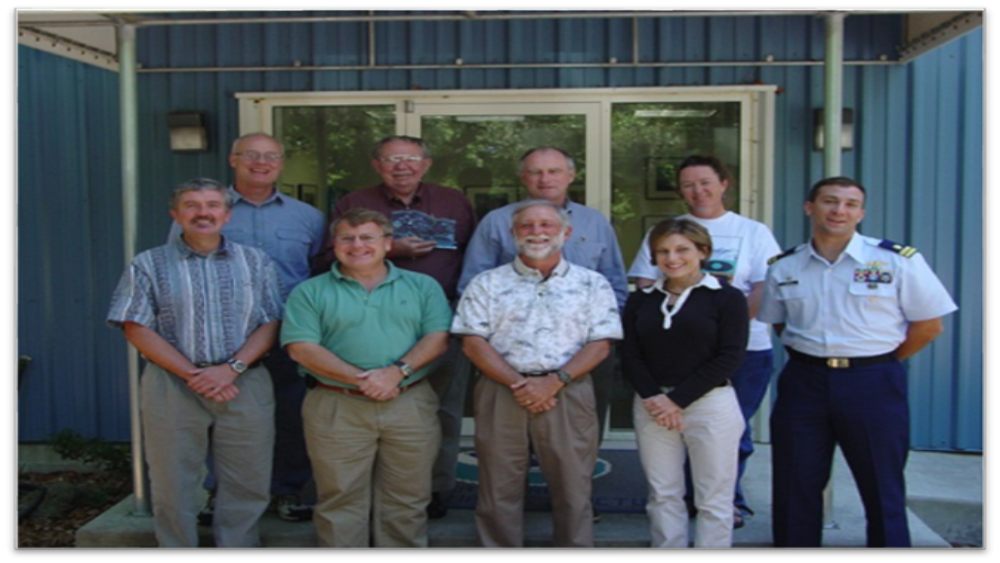Overview and History

The Gray's Reef National Marine Sanctuary Advisory Council serves as a primary link between sanctuary administrators and the community, as well as a forum for citizen participation in sanctuary management. The council was established in 1999 to facilitate consultation and deliberation by community representatives for the purpose of providing consensus-based advice to the sanctuary superintendent.
The community-based participatory process ensures ongoing public input to management decision-making, and expands public awareness about the sanctuary. In accordance with the charter, the advisory council provides the sanctuary superintendent with advice on:
- Protecting natural and cultural resources, and identifying and evaluating emergent or critical issues involving sanctuary use or resources;
- Identifying and realizing the sanctuary's research objectives;
- Identifying and realizing education opportunities to increase the public knowledge and stewardship of the sanctuary environment;
- Assisting to develop an informed constituency to increase awareness and understanding of the purpose and value of Gray's Reef National Marine Sanctuary and of the National Marine Sanctuary System;
The advisory council conducts its activities in an open, transparent, and publicly accessible process. This allows for comprehensive and effective participation of all stakeholders. All meetings of the Sanctuary Advisory Council are advertised and open to the public, and meeting documents are available for review.
Advisory council members represent a broad spectrum of community interests and perspectives from throughout the southeastern United States, and are liaisons between sanctuary managers and constituents. Thus, the advisory council promotes vested ownership and responsibility for shaping the future management and protection of the sanctuary by the community most interested in and dependent upon sanctuary resources.

